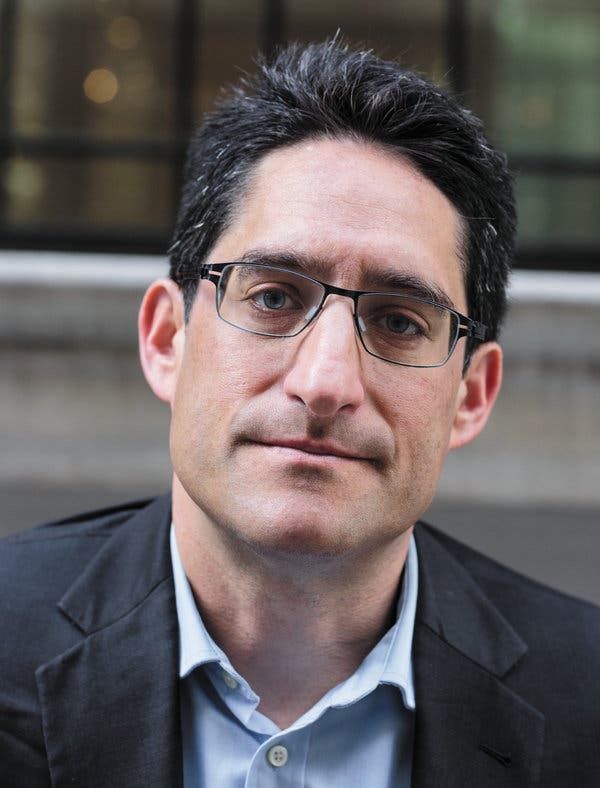Taylor’s book meticulously documents what happened next, as the federal government partnered with a real estate industry enthusiastic about exploiting a new market but refusing to bear most of the risk. She details bungling mismanagement, gross corruption, distorted incentives, civil rights regulations that went unheeded and unenforced — what Taylor calls a system of “predatory inclusion” that was distinct yet not entirely free from the racist system of exclusion that preceded it.
A number of the home buyers who later brought these abuses to light were poor black women, whose experiences resembled something out of a horror movie — pressed by aggressive lenders into buying a house that, unbeknown to them, had been previously condemned and slated for demolition, disguised with a paint job and a “windshield inspection”; only later did they learn that something was terribly amiss when rain started seeping through the walls and raw sewage filled the basement. Taylor says that mortgage bankers valued these women as customers not despite their poverty but because of it. If they fell behind on payments and defaulted on the mortgage, so much the better. The mortgage lender, whose losses were backstopped by the government, had already made money on commissions and fees; the house could be put into foreclosure and flipped again.
Glantz mentions some of this history, but there’s also an overwhelming sensation of déjà vu that hovers over the more recent story he tells. In “Homewreckers,” he explains how a cadre of billionaires — a number of them living in the same Park Avenue apartment building in New York City — figured out a way to take advantage of another government program in order to profit from people’s misfortune.

After the housing bubble burst, the government was desperate to get lending banks off its books, and so it offered a sweet deal to prospective buyers of the banks: Those private investors could keep the gains on any loans held by the bank, but if the loans lost money, the government would bear most of the cost.
It was like a mutant version of the subprime bubble that led to the financial crisis: Rather than renegotiate the loans, the new owners of these lending banks found there was more money to be made in foreclosing on the properties and becoming “a class of landlord that had never been seen before,” charging rent and fees to tenants — not infrequently the previous owners who were foreclosed on — while hoarding the equity for themselves.
Corporate landlords are partial to shell companies with boring, antiseptic names, like ColFin AI-CA5 LLC, which Glantz traces back to Colony Financial, owned by the billionaire Thomas J. Barrack Jr., a stalwart supporter of President Trump’s. Another shell company, by the name of SPMK IV NY LLC, was traced to the Fox News personality Sean Hannity. Corporate landlords, Glantz says, are also more likely to buy properties in neighborhoods with large concentrations of African-American and Latino residents, who end up paying “higher and higher rents that ultimately transfer wealth from their communities to investors far away.”
 EU News Digest Latest News & Updates
EU News Digest Latest News & Updates



